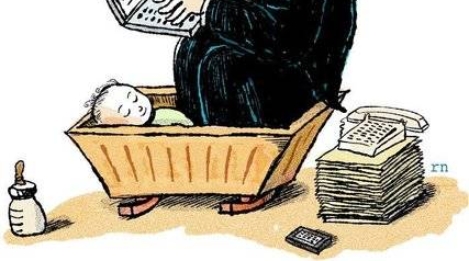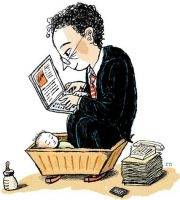August 31, 2016
Open and honest communication boosts staff engagement levels 0
 Employees who feel communication within their organisation is open and honest are nearly 15 times more likely to be engaged, and those who are encouraged to share ideas and opinions are 11 times more likely, claims a survey which suggests that staff want a more human experience, grounded in loyalty, recognition, respect, and honesty. Areas viewed as the best opportunities to differentiate in terms of staff engagement include above-average pay and benefits, a fun place to work, workplace flexibility, a strong fit with individual values, stimulating work, and a spirit of innovation. But according to results of the survey from Aon Hewitt what employees want in a workplace is not what they experience. And these gaps are having an impact on employees’ intent to stay. Of the 52 percent who would leave their current company for another job, 44 percent are actively looking. Opinions about what makes an employer stand out from other companies are similar across generations.
Employees who feel communication within their organisation is open and honest are nearly 15 times more likely to be engaged, and those who are encouraged to share ideas and opinions are 11 times more likely, claims a survey which suggests that staff want a more human experience, grounded in loyalty, recognition, respect, and honesty. Areas viewed as the best opportunities to differentiate in terms of staff engagement include above-average pay and benefits, a fun place to work, workplace flexibility, a strong fit with individual values, stimulating work, and a spirit of innovation. But according to results of the survey from Aon Hewitt what employees want in a workplace is not what they experience. And these gaps are having an impact on employees’ intent to stay. Of the 52 percent who would leave their current company for another job, 44 percent are actively looking. Opinions about what makes an employer stand out from other companies are similar across generations.






































August 31, 2016
Addressing the five negative influences on organisational culture 0
by Matias Rodsevich • Comment, Flexible working, Knowledge, Workplace
More →